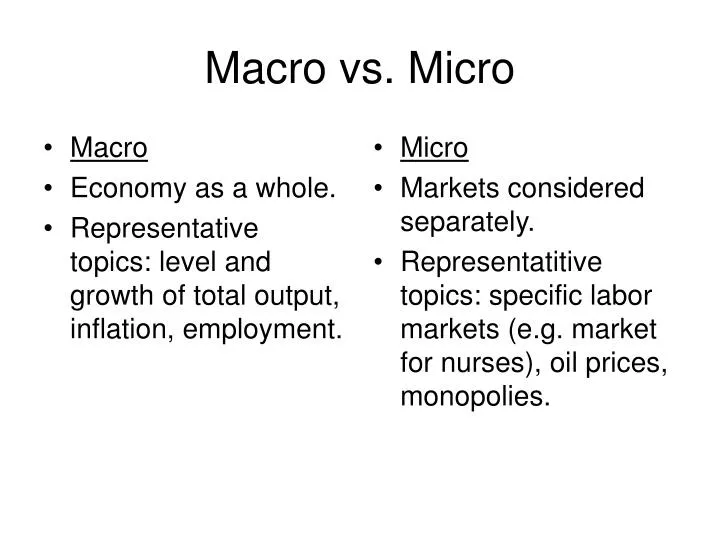

salina polyp h −1) seven days after plastic introduction (Table 1). The percentage of active polyps under microplastic exposure was not significantly different from the control condition after 7 days, but did differ after 20 (−2.48 ± 0.36%) and 47 days (−2.03 ± 1.37%).įor the macroplastic condition, the feeding rates were statistically lower than the control condition during the entire experiment, with very low prey capture rates (−57.10 ± 1.90 A. salina polyp h −1, respectively), but not significantly different after 47 days of experiment (Table 1). The capture rates of corals exposed to microplastics were significantly lower than in the controls after 7 and 20 days (−18.00 ± 7.72 and −24.43 ± 16.42 A. We conducted aquaria based experiments to measure the effects of both macro- and microplastics on skeletal growth, prey capture rates and polyp activity, and thus address for the first time the question of deep-sea reef sustainability in a plastic world. The aim of this study was to test whether plastics affected the growth, feeding and behaviour of the main deep engineer species found in European waters, Lophelia pertusa (recently synonymised to Desmophyllum pertusum 34). However, the effects of plastics on deep sea corals have not been investigated so far. The structural complexity of coral reefs leads to a preferential accumulation of plastics within cold-water corals habitats 28, and it has been reported that at least some deep-sea corals species ingest microplastics 29. They also support ecological services such as paleo-climate indicators, sources of material for the production of novel pharmaceutical compounds, and as sinks for CO 2 sequestration 33. Cold-water corals play a key role in deep-sea ecosystems 31, 32 by supporting deep-sea biodiversity. Deep-sea fauna such as gastropods, echinoderms, crabs and cold-water corals have been shown to ingest microplastics 29, 30, and they could thus be impacted by plastic pollution.Ĭold-water (also called deep-sea) corals are often found in submarine canyons where they form reefs and structures that provide niches and nursery grounds for a variety of other species, including commercial fish and decapods. Microplastics (i.e., plastic fragments 1 item 100 m −1 27, 28. entanglement, ingestion) have been observed on different marine species 4, including benthic organisms, which can suffer from plastics coverage of tissues, or direct physical abrasion following exposure 5. Impacts from exposure to these plastics (e.g. Macroplastic pollution was recognized as a major threat decades ago and has been surveyed within the frame of the Marine Strategy Framework Directive 3. Plastic debris most often disseminate from land and accumulate in the oceans where they represent 60 to 80 percent of marine litter 2. Considering the high local accumulation of macroplastics reported and the widespread distribution of microplastics in the world ocean, our results suggest that plastics may constitute a major threat for reef aggradation by inhibiting coral growth, and thus jeopardise the resilience of cold-water coral reefs and their associated biodiversity.Īmong the anthropogenic activities that significantly affect marine ecosystems, the release of plastic wastes is a key challenge for the preservation of biodiversity and associated resources 1. The exact causes are still unclear but they might involve possible physical damages or energy storage alteration.

Inversely, microplastics did not impact polyp behaviour or prey capture rates, but calcification was still reduced compared to control and in situ conditions. They acted as physical barriers for food supply, likely affecting energy acquisition and allocation. Macroplastics induced an increased polyp activity but decreased prey capture rates. Our experiments showed that both micro- and macroplastics significantly reduced skeletal growth rates. The aim of this study was to investigate whether plastics affected the growth, feeding and behaviour of the main engineer species, Lophelia pertusa. However, little is known about their impact on deep marine ecosystems and especially on the deep-sea reefs built by emblematic cold-water corals. Both macro- and microplastic debris are accumulating in surface and deep waters.

Plastic contamination is now recognized as one of the most serious environmental issues for oceans.


 0 kommentar(er)
0 kommentar(er)
